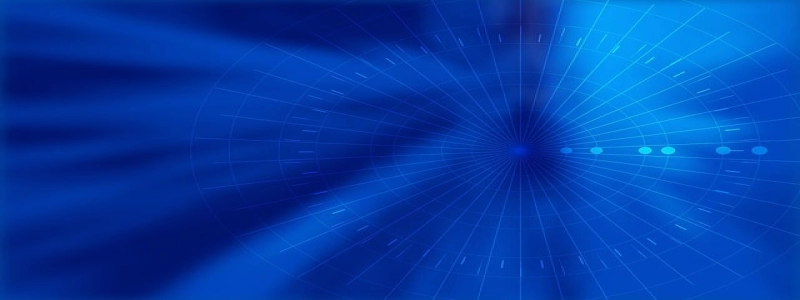Ethernet vs Coaxial Cable
介绍
Ethernet and coaxial cable are two different types of cables commonly used for networking and telecommunications. Each type has its own strengths and weaknesses, and understanding the differences between them is important for effective network design and installation.
我. Ethernet Cable
Ethernet cables are the most commonly used type of networking cables today. They are typically made of twisted pairs of copper wires that transmit data through electrical signals. Ethernet cables are capable of carrying high-speed data and are suitable for both residential and commercial use.
A. Types of Ethernet Cable
1. Cat 5e: Cat 5e cables are the most basic type of Ethernet cables. They can transmit data at speeds up to 1000 Mbps and are suitable for most home and small office networks.
2. 猫 6: 猫 6 cables are an improved version of Cat 5e cables. They can transmit data at speeds up to 10 Gbps and are recommended for larger networks that require higher bandwidth.
3. Cat 6a: Cat 6a cables are similar to Cat 6 cables but have better shielding and insulation. They can transmit data at speeds up to 10 Gbps over longer distances without any quality degradation.
4. 猫 7: 猫 7 cables are the latest and most advanced type of Ethernet cables. They are designed to support speeds up to 100 Gbps and are primarily used in enterprise-level networks.
乙. Advantages of Ethernet Cable
1. High data transfer speeds: Ethernet cables are capable of providing fast and reliable data transfer speeds, making them ideal for applications that require real-time data transmission.
2. 兼容性: Ethernet cables are widely compatible with various devices and networking equipment, making them versatile and easy to integrate into existing networks.
3. Scalability: Ethernet networks can easily be expanded by adding additional cables and switches, allowing for future growth and upgrades.
4. Cost-effective: Ethernet cables are relatively affordable and offer a cost-effective solution for networking needs.
二. Coaxial Cable
Coaxial cables have been used for many years and are known for their durability and reliability. They consist of a central conductor surrounded by insulation, a metallic shield, and an outer sheath. Coaxial cables are commonly used for cable television, internet access, and other applications.
A. Advantages of Coaxial Cable
1. Signal quality: Coaxial cables provide high signal quality and are less susceptible to interference, resulting in clear and reliable transmission.
2. Long-distance transmission: Coaxial cables can transmit signals over long distances without any significant loss in quality, making them suitable for installations that require extended cable lengths.
3. Shielding: The metallic shield of coaxial cables helps to block external interference, ensuring consistent performance even in high-interference environments.
4. Cost-effective: Coaxial cables are relatively inexpensive and widely available, making them a budget-friendly option for various communication needs.
乙. Limitations of Coaxial Cable
1. Limited bandwidth: Coaxial cables have a limited bandwidth compared to Ethernet cables, which can restrict the speed and capacity of data transmission.
2. Installation complexity: Coaxial cables can be more challenging to install compared to Ethernet cables, as they require specialized connectors and tools.
3. 兼容性: Coaxial cables are primarily used for specific applications such as cable TV and internet access, limiting their versatility in networking scenarios.
结论
In summary, both Ethernet and coaxial cables have their own advantages and limitations. Ethernet cables are the go-to choice for high-speed data transmission and offer scalability and compatibility. On the other hand, coaxial cables excel in signal quality and long-distance transmission. The choice between these cables depends on the specific requirements of the network and the intended applications.








